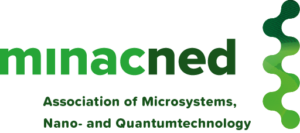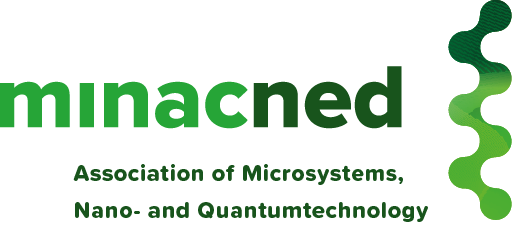During the track Nano4security Jaap Knotter, lector at the Saxion University of Applied Sciences and also working at the National Police Academy, will hold a talk about the use of nanotechnology. With the chair Advanced Forensic Technology Knotter and his colleagues develop new techniques to use nanotechnology for forensic purposes in an attempt to solve crime cases faster.
By: Dimitri Reijerman
His aim for attending and speaking at the international MicroNano Conference is clear: “What I’m trying to do is building a bridge between fundamental knowledge, developed at the classic universities during the years, and the application of these techniques in the security domain, in particular for investigation purposes. I hope that during the conference new consortia will stand up and say: we might have developed new technology that might be useful for the police and others.”
Knotter is, as an expert in forensic technology, always searching for new techniques and methods, both in prevention and investigation cases. He explains: “There are reactive and proactive Investigations. Reactive investigations start at the crime scene after an offense has been committed. Detectives will start collecting evidence, but finding the right traces afterwards can be really hard.”
Crime scenes
And that’s not only because crime scenes are tough, Knotter says: “A crime scene is continuously threatened with contamination, while detectives also feel the constant pressure of time. And there’s also the fact that in many cases you have to search for very tiny pieces of evidence. There isn’t always a puddle of blood or a loaded weapon laying around at a crime scene. Criminals try to conceal their crimes with contra strategies. But with nano technology, like lab-on-a-chip-technology, you can start the analysis right away on the crime scene. This makes it possible to make much faster a substantiated decision for which trail to follow. Rapid analysis on the crime scene is one of the most crucial technologies investigation services need.”
A time stamp on evidence is also crucial: “You need trusted answers on that questions. When did this incident happen? When did the victim die?” Nanotechnology could help with quantum dots, modified nano particles, Knotter says: “These particles could be attached to the biomarkers in a piece of evidence. The quantum dots will give a certain amount of reflection, which could, after measurement, say something about the age of the evidence.”
Pro-active
Knotter also thinks nano technology could play a role on the pro-active side of police work: “Take the production of narcotics as an example. During the production of synthetic drugs al lot of chemicals go up in the air. With very sensitive detectors we might be able to pin point production facilities. Nowadays there are no commercially available detectors on the market which can trace XTC-production, but it’s certainly technically possible, like ring resonators or using golden nano particles.”
While Knotter is very enthusiastic about the technological possibilities nowadays, he emphasises that many innovative products and techniques are not being used in the forensic field: “Companies shouldn’t just release new products, they need to go to the end users and say: how do we implement these? And end users should be more active in the development stages of these products. I hope this conference can help to work better together. Let’s build new coalitions.”

